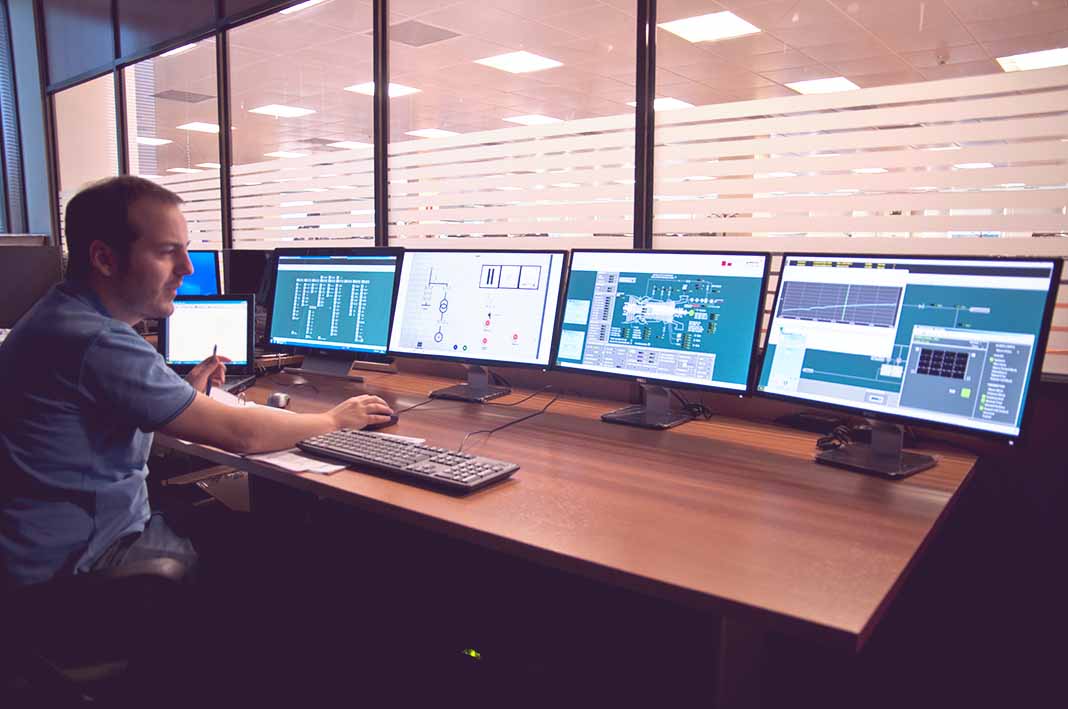One of the opportunities offered by cloud simulation is the possibility of carrying out remote simulator training. José Enrique Barranco, combined cycle operation instructor for 13 years, who has been a pioneer in this training modality within Tecnatom, tells us about his experience and the benefits that this possibility can bring.
How did the opportunity arise to carry out the first remote training?
The combined cycle simulator has been a widely used tool since Tecnatom completed its development at the end of 2014. We had provided more than 130 trainings before the pandemic burst. During this period, due to lockdown, several courses had to be cancelled. After installing and testing the cloud simulator , we contacted the plants and gave them a demonstration of this new modality. They needed to continue training their operators, but they were in several separate locations, with the economic and logistical difficulties that this posed. In addition, it was a time when the number of COVID cases and lockdowns, was enormous, so mobilizing and planning a course in advance was very complicated. At the end, we opted for remote course delivery because of the flexibility that this modality offered in a period of such high uncertainty.
Is your assessment, as an instructor, of these first experiences?
Sometimes, adapting to change can be a little difficult. It was my first thought when faced with this new way of teaching, especially in such a practical training in which there is a lot of interaction between the students, the instructor and the operating interfaces of the simulator. But little…
In every new situation, it can be a little difficult to adapt to a different way of teaching, especially in such a practical training, in which there is a lot of interaction between the students, the instructor and the operating interfaces of the simulator. But little by little I have been finding myself more and more comfortable and, of course, for me it has had other great personal advantages such as not having to pack my bags that I have had to do so many times with classroom courses in the plants.
And how do your clients rate this modality?
They have valued it very positively. Recently, being able to receive these simulator courses from 3 different locations was unthinkable. Being able to operate the simulator remotely, even from their homes, with their personal equipment, is an incredibly significant step forward. In addition, as it also happens in simulator classroom courses, students learn a lot and quickly, having a great evolution and improvement in something that influences them very directly in their work, so they are quite well rated courses, also in this remote mode.
If we add to this the optimization of costs associated with the displacement, not only of the operators, but also of the instructors, this modality becomes powerful for delocalized teams or to train operators at an international level.
Do you think it is a format that is here to stay?
Yes, the economic and flexibility advantages make it, undoubtedly, a format that is here to stay. I do not mean by this that we are going to stop giving face-to-face courses with the simulator, but I am sure that both modalities will coexist and that, depending on the case, customers will choose one format or the other. In addition, the possibility of offering remote operation of the simulator will allow us to go further in a competitive and efficient way.







